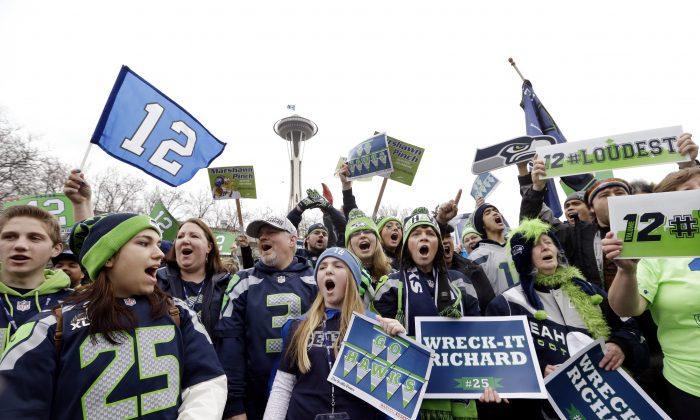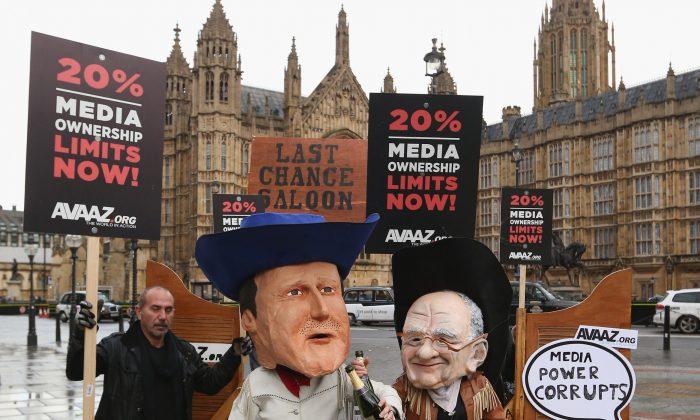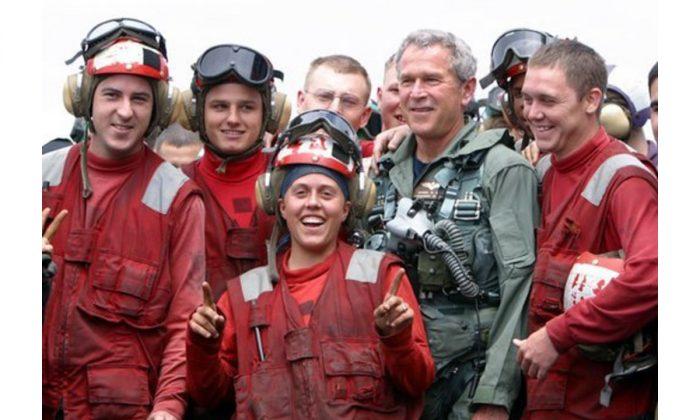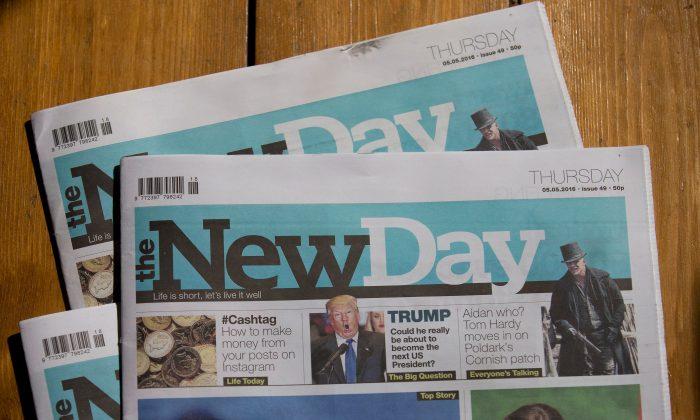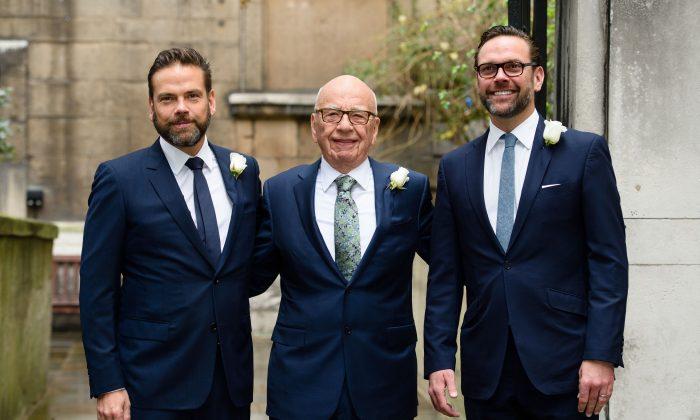This weekend, the U.S. holds its most watched and celebrated sporting event: the Super Bowl. The XLVIII (that’s the 48th) contest will be held in New Jersey and be fought out by the Seattle Seahawks and the Denver Broncos. Fox TV, which will broadcast the game live, hopes that viewing figures will top the 111.3 million viewers who tuned in 2012—which made it the most watched event in U.S. television history.
Given that statistic, it’s little wonder that the world’s leading brands and corporations see the Super Bowl as the advertising fixture of the year, too. Coca Cola, Pepsi, Audi, Samsung, Mars and Viacom are just a few of the 130 marketers willing to spend around $4 million for a 30-second slot during the game.
Analysts Kantor Media put these figures into context: the average rate for a 30-second advertisement during the Super Bowl has increased by more than 70 percent over the past decade and in the past five years the top five advertisers have spent $437 million on advertising during the game. The biggest spenders are Anheuser-Busch InBev (Becks, Stella Artois and Budweiser) and PepsiCo, closely followed by Hyundai, Chrysler and Coca-Cola.
Let’s consider Anheuser-Busch. USA Today reckons the brewer paid $145.9 million for Super Bowl air time between 2009 and 2013. This is more than double what Hyundai, Chrysler, and Coca-Cola have all paid, and it is almost $50 million more than what its closest competitor, Pepsi, has shelled out for the big game.
Budweiser’s 2013 Super Bowl commercial.
Forecasters predict that there will be no slowing down in future years, either, and Forbes magazine sees a time in the near future when the price will reach $10 million for a 30 second slot.
So, why are brands prepared to spend what seems like a ridiculous amount of money on such narrow advertising slots? The size of the audience is clearly a major factor, but that isn’t the whole story. The Super Bowl audience is unusually engaged. Research shows that, in contrast to what usually happens, viewers don’t tend to switch over during breaks in play. Kantor media found that in the 2013 game the percentage of audience switching over during the average commercial was a minuscule 0.7 percent, compared with a rate of 3 percent to 4 percent for regular TV programming. Audiences are interested in how the brands are going to advertise—and the fact is that the ad breaks now have as much cultural currency as the game itself.
Kantor’s findings suggest something even more startling: that more people actually watch the adverts than the contest itself. The 2013 game scored a commercial tuning index (CTI) of 101.6, meaning the average Super Bowl commercial attracted an audience 1.6 percent larger than the average audience for the game itself.
To advertise in the Super Bowl indicates the strength of a brand financially but it also reinforces status. The presence of a Coke ad, for example, emphasizes the company’s power, longevity, relevance and central place in U.S. life. Tim Calkins, professor of marketing at Northwestern’s Kellogg School of Management points out:
For advertisers, it says that what they are doing is exciting. For brands, it sends a very strong signal to their partners and competitors that they are invested and committed in their brand.
Although it is difficult to quantify how far Super Bowl advertising affects sales directly, we can be fairly sure of one thing: if it wasn’t profitable, they wouldn’t do it. Take German car manufacturer Audi. U.S. director of marketing recently said that, as part of a focus on “bringing Audi into the conversation” their commercials saw an “extensive lift right after the Super Bowl, driving consumer interest.” Another online stockbrokers saw a 32 percent increase in new accounts the week after its Super Bowl ad.
Indeed, Neil Mulcahy, executive vice president of sales for Fox Sports Media Group has estimated a US$4m investment in the Super Bowl would bring a return of between $11 million and $12 million.
American football, with its fragmented structure and frequent periods where the ball is out of play, is perfect for regular advertising breaks. In a game that typically takes three hours to play, the ball is actually in play on the field for an average of just 11 minutes. There are 20 commercial breaks, ten in each half, lasting usually from one to two minutes each.
An Audi gets the girl—and a black eye.
With an engaged audience and a game that perfectly suits advertising, spending on the Super Bowl continues to rise—as does the domination of the ads themselves. As the Kantor report makes clear, “The past four Super Bowls have been the most ad-saturated in history, each containing more than 47 minutes of commercial time.” Expect viewers to save the half-time channel hopping for other sports.
John Jewell is director of undergraduate studies at the School of Journalism, Media and Cultural Studies at Cardiff University in the U.K. This article was originally published at The Conversation.
